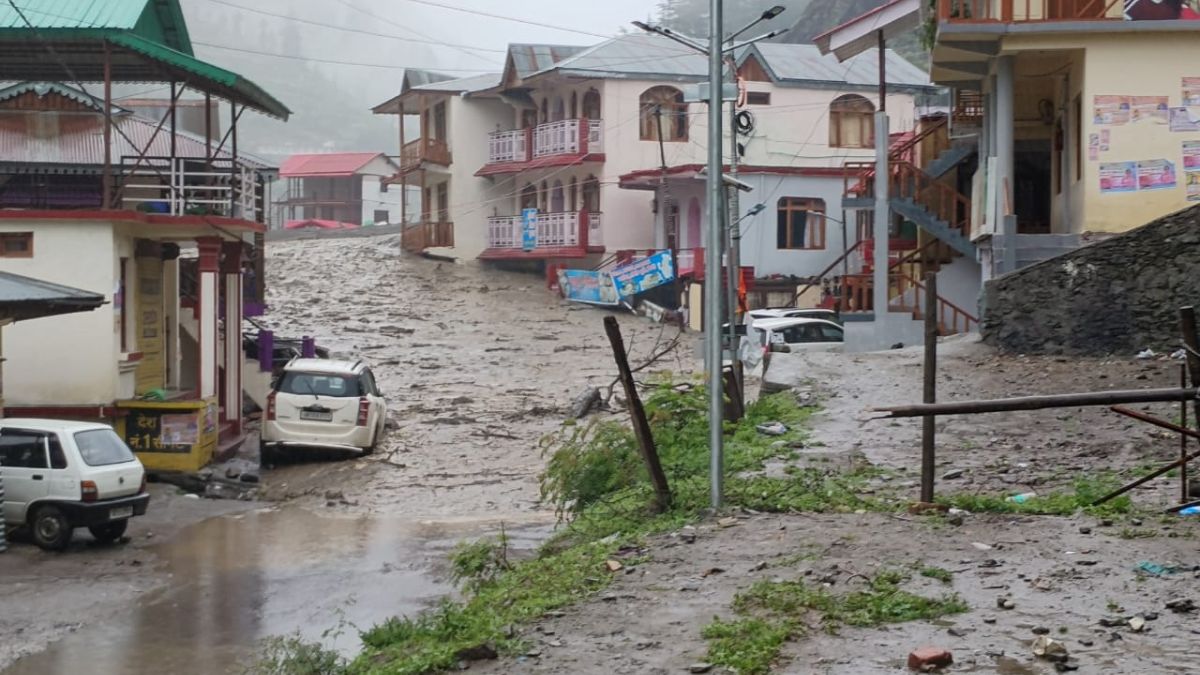A preliminary geological assessment conducted after the devastating flash floods in Dharali village revealed that a far more complex and massive collapse of glacial sedimentary deposits caused the floods in the region. According to a report by The Times of India, retrogressive slope failure high up in the mountains caused the collapse of the sedimentary deposits.
The expert laid out the probable cause by drawing initial estimates based on satellite data and terrain analysis. The experts pointed to an avalanche of nearly 360 million cubic metres of debris as a cause of the flood.
The Dharali village was eventually not able to withstand the high force, which ultimately caused heavy devastation in the region. Experts told TOI that the avalanche was mobilised by a sudden release of unstable morainic and glacio-fluvial material, thundering down the Kheer Gad stream into Dharali.
The pressure was so intense that the surge reached the village within a few seconds, destroying over 20 structures and claiming the lives of at least four people. Imran Khan, geologist and head of the geology division at Bhutan’s Punatsangchhu-I hydel project, told TOI that the satellite images of the area do not reflect that it was a typical cloudburst.
“The event likely involved a massive detachment of unconsolidated glacial deposits, perched roughly 7 km upstream at an elevation of 6,700m. Heavy rainfall may have acted as the trigger, but the disaster was waiting to happen,” he told the Indian news outlet.
Impact Shorts
More ShortsAbout the glacial deposit in the region
According to TOI, the glacial deposit in question spans over 1.1 sq km with an estimated vertical thickness of 300m and is known to be an inherently unstable geological feature. After the glacier deposit’s fall, the high terrain in the region accelerated the speed of the debris, leaving virtually no time for the residents to escape.
“The stream draining this area has a high longitudinal gradient, limited lateral confinement, and sharp incision paths-all of which contribute to rapid debris flow mobilisation,” Khan told TOI, adding that surface runoff and percolation, following days of intense rain, may have loosened the sediment, triggering the collapse.


)

)
)
)
)
)
)
)
)



